Roast Figs, Sugar Snow
An irresistible collection of enticing and memorable cold-weather food.
Salad of pear, hazelnuts, and cashel blue cheese
Roast winter squash salad with lentils and goat cheese
Pannekoeken (dutch apple pancake)
Salad of pear, hazelnuts, and cashel blue cheese “Rien n’est perdu dans la noix, sauf le bruit qu’elle fait en se cassant.”
“Rien n’est perdu dans la noix, sauf le bruit qu’elle fait en se cassant.”
“Nothing is wasted in the nut, except the sound as it is cracked.”
SAYING IN SOUTHWESTERN FRANCE
The Irish cheese, Cashel Blue, is one of my favorites. It’s a rich, creamy blue, and, I always think, tastes slightly like smoked bacon. If you can’t get hold of it, use Roquefort, Gorgonzola, or even Dolcelatte instead. This dish is based on a classic French bistro salad, for which they generally don’t Sauté the pear or include roast onion, so go down that route if you’re feeling lazy. Apples can be used instead of pears and walnuts instead of hazelnuts.
serves 6
1 small red onion
olive oil
salt and pepper
3 pears (not too ripe)
2 tbsp unsalted butter
heaping 1/2 cup hazelnuts, lightly toasted but not skinned, halved
51/2oz (150g) salad leaves, a mixture of watercress, Belgian endive leaves, and baby spinach
6oz (175g) Cashel Blue cheese, crumbled
for the dressing:
21/2 tsp white wine vinegar
1⁄8 tsp Dijon mustard
1/4 cup hazelnut oil
2 tbsp light olive oil
1 tsp superfine sugar (or to taste)
1 Preheat the oven to 350f. Halve the red onion and cut it into crescent-shaped slices. Put into a small ovenproof dish, drizzle with olive oil, and season with salt and pepper. Roast in the preheated oven for 20 to 30 minutes, or until soft with slightly caramelized tips.
Keep warm.
2 Make the dressing by whisking together all the ingredients. Season.
3 Halve and core the pears, then cut them lengthwise into slices 1/4 inch (3/4cm) thick. Melt the butter in a skillet and quickly sauté the pear slices on each side until golden. Don’t overcook them—they should still hold their shape.
4 Toss the salad leaves with the nuts, using most of the dressing, then divide this between 6 plates. Add the pear slices and the warm onion to each plate and scatter with the cheese. Drizzle each plate with the rest of the dressing and serve.
Roast winter squash salad with lentils and goat cheese 
Warm winter squash is a surprisingly successful salad ingredient. The big golden wedges look beautiful and make a good partner for all kinds of salty, earthy ingredients. Try it in salads with nuts and strong cheeses, wild mushrooms, baby spinach, and smoked chicken or duck.
You can replace the goat cheese here with a blue cheese if you prefer. Use a winter squash with a good, sweet flavor, such as butternut or Crown Prince.
serves 6
3lb 5oz (1.5kg) winter squash, such as butternut or acorn
salt and pepper
olive oil
2 tbsp butter
9oz (250g) goat cheese, broken into small nuggets
for the lentils:
93/4oz (275g) green lentils, Puy or Umbrian
1/2 small onion, very finely chopped
1 small celery stalk, very finely chopped
1 tbsp butter
1/2 tbsp olive oil
11/2 tbsp finely chopped fresh
flat-leaf parsley
for the dressing:
1/2 tbsp white wine vinegar
tiny dollop Dijon mustard
1/4 cup extra virgin olive oil
good pinch superfine sugar
1 Preheat the oven to 350Åãf. Halve the winter squash and scoop out the seeds and fibers. Cut each half into 1-inch (2.5-cm) wedges and then peel each one. You should have about 2lb (900g) of prepared flesh.
2 Put the squash wedges in a roasting pan, season, drizzle with olive oil, and dot with butter. Roast in the preheated oven for 15 to 20 minutes, turning the wedges over in the fat from time to time until the squash is just tender. Don’t let it scorch or get too dry.
3 Prepare the lentils while the squash is cooking. Rinse, then cover them with cold water, bring to a boil, and cook until tender, which can take anything from 15 to 30 minutes. The lentils should hold their shape, so keep checking them. While the lentils are cooking, gently sauté the onion and celery in the butter and oil until they are soft but not colored.
4 Make the dressing by whisking all the ingredients together. Season.
5 When the lentils are cooked, add them to the pan of onion and celery and stir them around to soak up the cooking juices. Add two-thirds of the dressing and the chopped parsley and season really well with salt and pepper.
6 Put a small mound of lentils on each plate and top with the roast pumpkin, cut into cubes if you prefer. Dot with the nuggets of goat cheese, drizzle each plate with the remaining dressing, and serve.
pannekoeken
(dutch apple pancake)
Fluffy, puffy, and gigantic, this is a pancake as you’ve never seen it before. It’s a world away from thin French-style crêpes, and not at all like American pancakes either. The batter rises up like a soufflé. Excellent weekend brunch stuff.
serves 4
for the pancake:
2⁄3 cup all-purpose flour
pinch of salt
1 tbsp superfine sugar
3 large eggs
1/2 cup milk
2 tbsp unsalted butter
for the topping:
1 tbsp unsalted butter
3 cooking apples, peeled, cored, and cut into wedges around 1/2in (1cm) thick at the thickest part
1⁄3 cup dark brown sugar
1⁄8 tsp ground cinnamon
generous grating of nutmeg
confectioners’ sugar, to serve
1 Preheat the oven to 425 F. For the pancake, put the flour, salt, and sugar in a bowl. Beat the eggs in a pitcher with the milk. Make a little well in the middle of the flour mixture and gradually add the egg mixture, beating as you go to avoid lumps.
2 Choose an ovenproof skillet or a small roasting pan. Set over medium heat and add the butter. Once the butter is hot (but not brown) pour in the batter and quickly transfer the skillet or pan to the hot oven. Bake for about 18 minutes, or until the pancake is golden brown and puffy with crispy edges.
3 Meanwhile, make the topping. Melt the butter in a large skillet. Once it is foaming, add the apples and cook over medium heat until they are just beginning to get tender (about 31/2 minutes), turning them over every so often. Add the sugar and spices and continue to cook until the apples are soft but still have a little bite in the center. They’re not really supposed to collapse—they should hold their shape—but with this kind of dish nothing can really be “wrong.”
4 Remove the cooked pannekoeken from the oven. Spoon the sugary apples over the hot pannekoeken, dust them with a little confectioners’ sugar (just because it looks good), and serve immediately. What you serve on the side depends on what time of day it is. After lunch it could be ice cream; at breakfast or brunch, sour or heavy cream seem better.


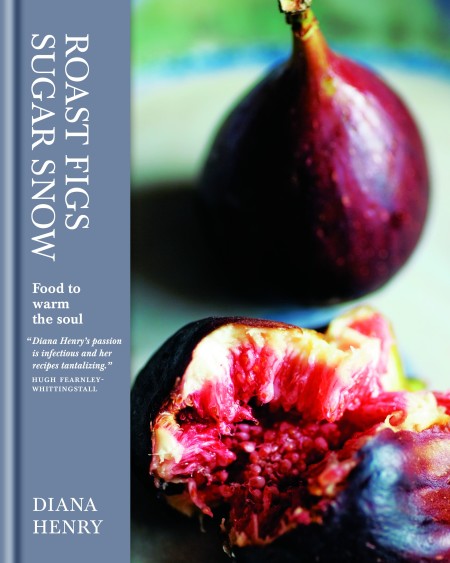


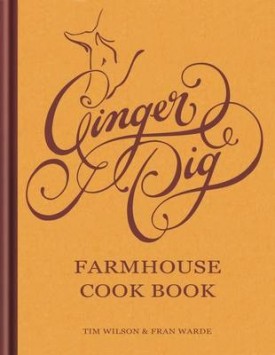

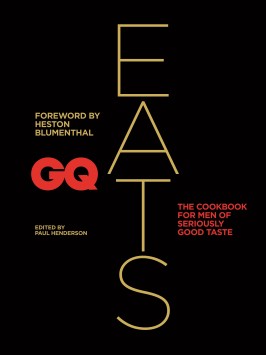
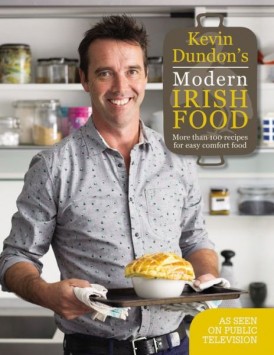
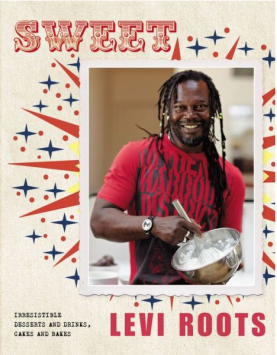
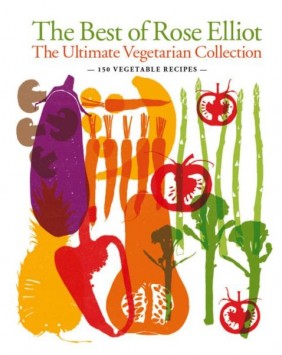
Leave a Reply